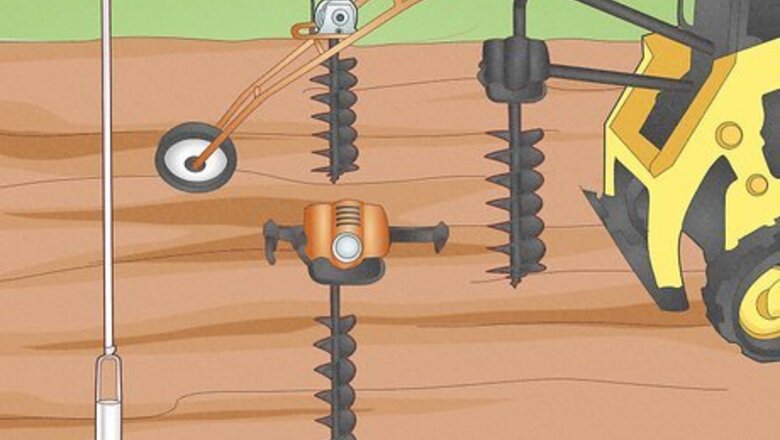
views
Post-hole Augers
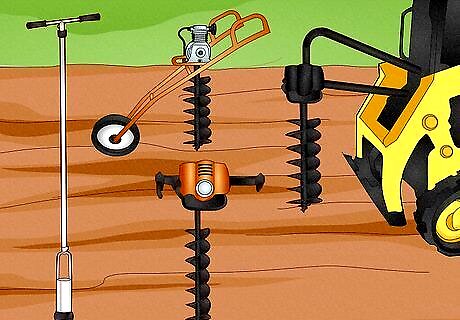
Choose the right auger for the job. You need to consider what kind of soil you'll be digging in, how many holes you will dig and whether you have someone to help you run the auger. A hand auger can be operated by 1 or 2 people. This is best if you only have 1 or 2 holes to dig, because it takes a lot of work to turn the handle. A power auger uses a gasoline engine to turn the auger, but it can be dangerous if it runs into a rock or other obstruction. The auger will stop suddenly, which can cause the top to jerk, knocking you off your feet or even breaking your arm. A wheeled auger is a power auger mounted on a wheeled frame, so there is less chance you'll be injured if it stops. A tractor auger is safest because you operate it from the tractor seat. If something goes wrong, you are at safe distance.

Don steel-toes boots and leather gloves. If you use a power auger, you also need hearing and eye protection. Don't wear loose clothing that can be caught in the auger.
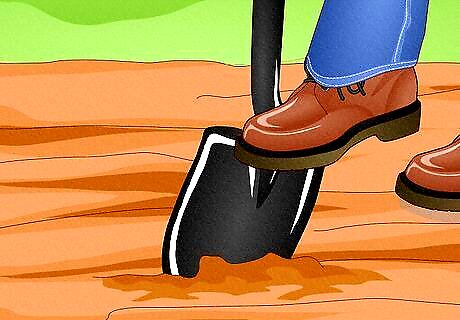
Break up the soil if it's especially hard. Your auger will work best if the first few inches or centimeters is easy to dig into. Use a spade, digging tool or clamshell post-hole digger. If the ground is still too hard, soak the area with water.

Hold the auger upright by the handle, with the shank perpendicular to the ground. Begin turning the handle or start the motor. If a powered auger stops suddenly, immediately release the throttle or hit the kill switch stop the motor.

Dig down about 12 inches (30 cm). Raise the auger out of the hole and dump the dirt off the blades. If you don't regularly dump off the dirt, the auger will become too heavy to raise easily. It may even get stuck in the hole.
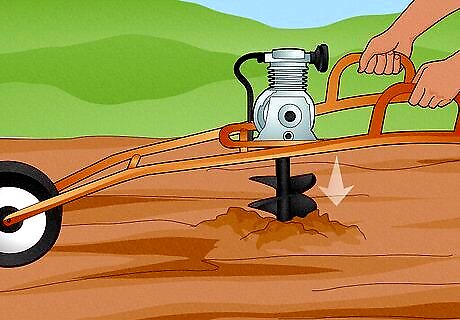
Return the auger to the hole and continue digging and dumping the dirt. Most post-holes are about 3 feet (1 meter) deep. Augers can dig much deeper, however, if you use extension rods.
Drain Augers
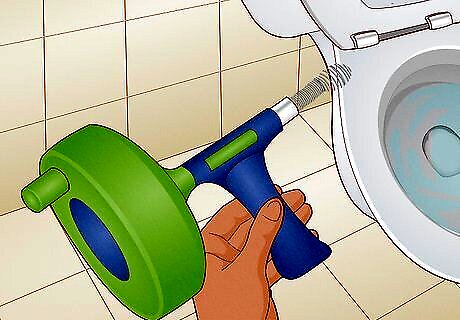
Choose an auger, also called a pipe snake. Consider factors such as the age of the house and what plumbing problems you've had before. While a simple auger may not be adequate for every situation, a power auger requires you to lug a heavy spool around to clear the smallest drain clogs. A hand-cranked auger is a long cable with a threaded bit that pushes down into the drain until it contacts the obstruction. A hand-crank turns the bit, which bores into the obstruction A power auger may come with its own motor or it may be attached to a drill that uses a motor to spin the bit. The motor makes getting through the obstruction easier and faster. You can reverse the motor to help pull the obstruction out of the pipe.

Push the cable into the drain until it hits the obstruction and stops. Leave 6 to 8 inches (15 to 20 cm) between the drain and the crank so you can operate it easily. If you have too much cable between the drain and the crank, it may kink.
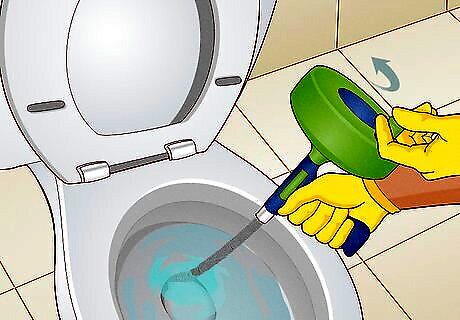
Turn the crank or use the motor to turn the bit clockwise. The bit will push against the obstruction, which may be enough to clear it. If not, the bit will bore into the obstruction.
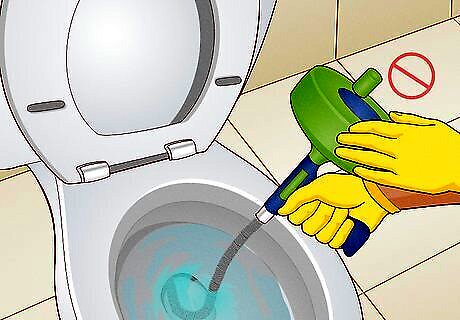
Stop cranking when the bit stops turning. If you are using a power auger, stop when the motor slows down.
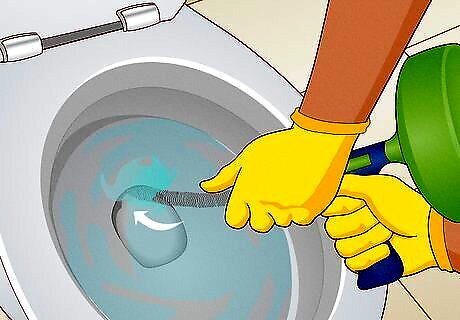
Push on the auger to see if it pushes the obstruction through. If that doesn't work, pull to see if you can break up the obstruction. If you are using a power auger, reverse the motor a few times to see if the obstruction breaks up.
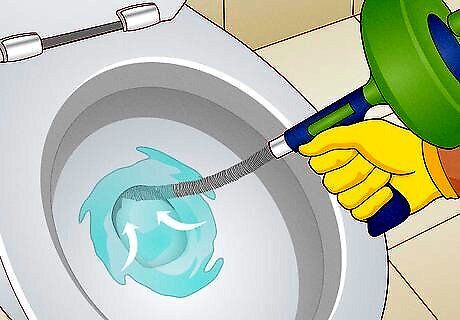
Watch to see if the drain becomes unclogged. If it doesn't, use the auger again to bore into more of the obstruction. Keep working until the obstruction is completely broken up and the water drains well.
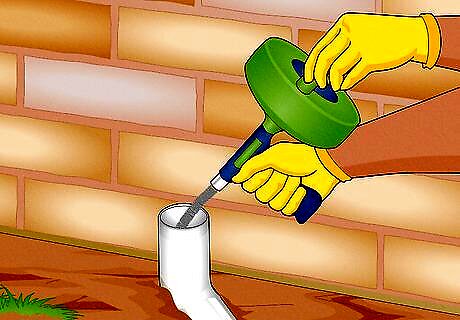
Consider working on large or stubborn obstructions from the other side. Find the clean-out pipe, which may be close to the house on the outside or in the basement or crawlspace. Thread the auger through the clean-out pipe and work as before.




















Comments
0 comment